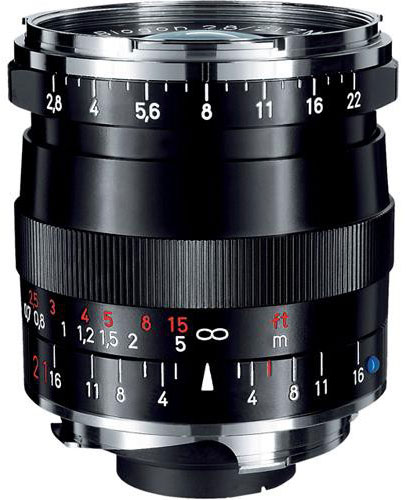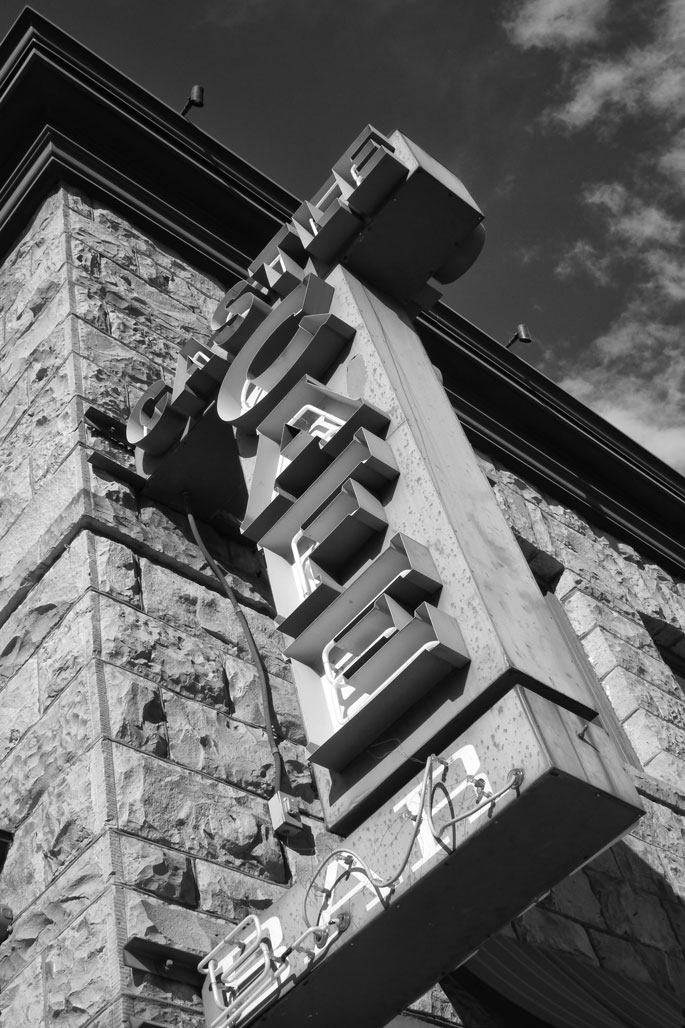Today’s Post by Joe Farace
Tell me, doctor, where are we going this time Is this the 50’s, or 1999—Huey Lewis & The News
 I wrote articles and product reviews for Shutterbug magazine—both print and digital— for 3o years, A few years ago I wrote an article for the original print edition about using lenses, other than the manufacturer’s, on mirrorless cameras. Thinking about that story got me feeling nostalgic, which is a perfect segue for today’s post.
I wrote articles and product reviews for Shutterbug magazine—both print and digital— for 3o years, A few years ago I wrote an article for the original print edition about using lenses, other than the manufacturer’s, on mirrorless cameras. Thinking about that story got me feeling nostalgic, which is a perfect segue for today’s post.
Fast forward to more recent times and I’m walking down Wilcox Street in Castle Rock, Colorado carrying a Panasonic Lumix G5 with a Zeiss 21mm f/2.8 Biogon lens that was mounted using an inexpensive Fotodiox Leica M adapter. All of a sudden I’m 40 years younger walking the streets of Baltimore as a student at the Maryland Institute College of Art and working on a class assignment. No kidding, that’s exactly how this lens/camera combination made me feel. The last time I felt like this was when I was shooting my Contax G1 film camera and I’m still sorry that I sold that camera.
 Why did the Lumix/Zeiss combination take me back in time? Part of it, I think is that the process of manual focusing a lens seems more involving than just point, wait —but not too long—for the beep and click.
Why did the Lumix/Zeiss combination take me back in time? Part of it, I think is that the process of manual focusing a lens seems more involving than just point, wait —but not too long—for the beep and click.
Instead of shoot-and-scoot, manual focusing a lens makes you slow down and think about the photograph and its composition. One of my favorite tips is that after focusing but before tripping the shutter I take a quick look at the four corners of the frame to see if there are any surprises lurking.
How I made this image: I photographed this building and it;s sign in Castle Rocl, Colorado using a Lumix G5 (that has since converted to infrared) with a Zeiss 21mm f/2.8 Biogon lens that was mounted via a Fotodiox adapter with an Av exposure of 1/1600 at f/11 and ISO 400.
The other part of my time traveling experience is the visual aesthetics of the camera body and lens package. Before you accuse me of going all hipster on you, please keep in mind that as photographers we think visually and the physical appeal of this lens/camera combination set the mood so that when I started shooting the Lumix/Zeiss combination in black & white, bang-zoom I was back in 1972. Keeping the time travel analogy going I noticed that the same subject matter started calling to me, such as bridges and architectural details…
Along with Pulitzer Prize-winning photographer Barry Staver, I’m co-author of Better Available Light Digital Photography that’s available from Amazon for $21.50 prices with used copies selling for around five bucks, as I write this. The Kindle version varies in price, for some reason/
